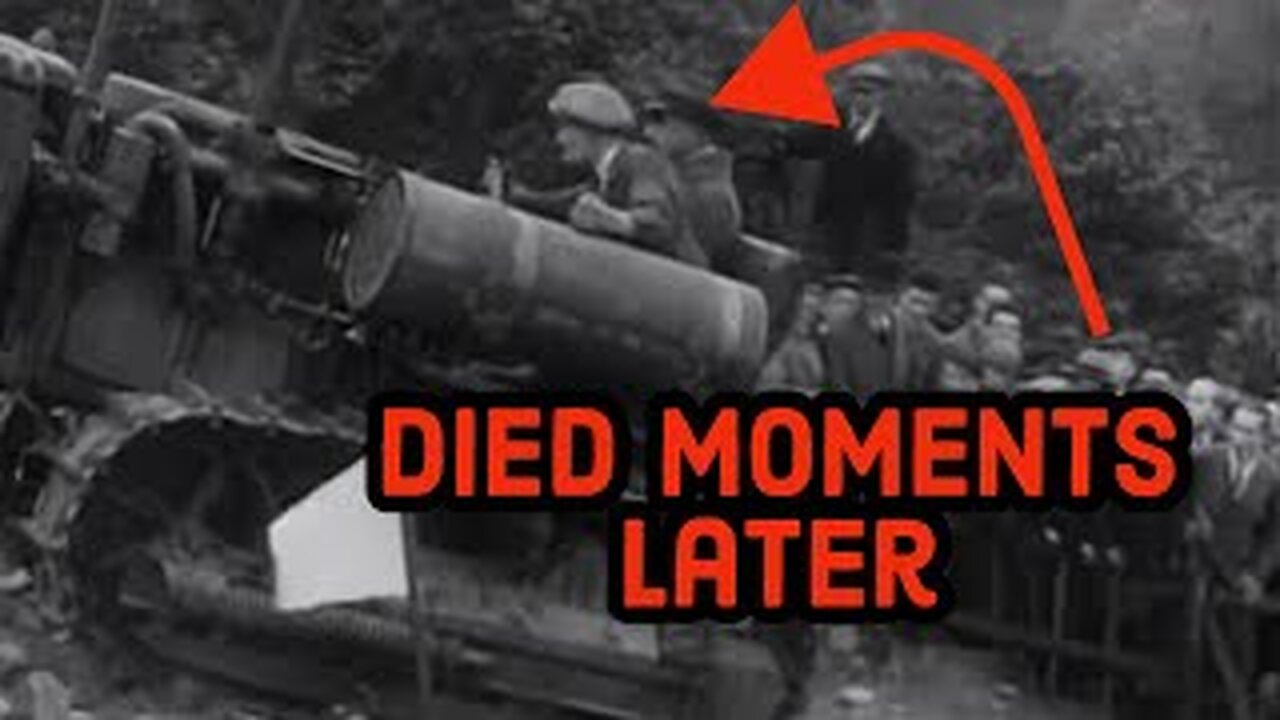Premium Only Content

A History Of Post Hill A Motorcycle Hill Climb Death. Leeds
Post Hill is 28 hectares of meadow, woodland and waterway. A designated nature trail in Leeds that has become very popular place for walkers, families, dogs, and mountain bikers.
Before the acquisition, the northern part of the area was known as Park Spring, and the southern part as Jonas Wood
The name Post Hill has origins from The Yorkshire Post which sponsored events in the Mid 1920s and then brought the land in 1925 so the Leeds Motor Club could hold its races.
The name of the area originates from the newspaper Yorkshire Evening Post who acquired the land and sponsored motorcycle speed and climbing events on the site from 1926; drawing crowds of over 20,000 . The western aspect of Post Hill – laid with a cobbled track – was said to be “the steepest hill climb in the world”.
The inclined length of the hill is 527ft and rises 200ft. The steepest gradient is 1 in 1.6O. On 24th July 1926 the hill was formally presented to the club by Mr RR Whittaker, editor of the Evening Post
The Yorkshire Post contributed trophies and prize money for the series of Freak Hill Climb knockout events in the 1930s onwards.
It also served as a base for trainer dispatch riders who had roles as military messengers that would be mounted on to motorcycles and then be sent to deliver messages.
During World War II Post Hill was the location of POW camp No. 91,[6] where Italian and German prisoners were held to work on farms in the surroundings. After the war the camp was used for displaced persons from Europe. The camp also housed two anti-aircraft guns with the concrete bunker structures surviving well into the 1980s, these have since been demolished.
By the 1950s the hill was most popularly used for scrambling challenges that attracted crowds of up to 10,000 people and at the time were recorded and televised by the BBC.
In 2002 Post Hill passed into the ownership of Leeds City Council and is being returned to its natural state.
the only recorded death was that of a local doctor in 1931. He was a passenger on a tractor climbing to the top of the hill when he was involved in a fatal accident.
-
 13:30
13:30
WhaddoYouMeme
15 hours ago $1.52 earnedIt All Makes Sense Now
4.21K10 -
 2:00:05
2:00:05
Nick Freitas
14 hours agoIs Conservatism Dead?
2.48K11 -
 22:07
22:07
Jasmin Laine
16 hours ago'You Think This Is NORMAL?!'—U.S. Official STUNS CTV With BRUTAL Mic Drop
4.57K29 -
 LIVE
LIVE
BEK TV
22 hours agoTrent Loos in the Morning - 7/31/2025
290 watching -
 LIVE
LIVE
The Bubba Army
21 hours agoShannon Sharpe FIRED after Sex Lawsuit - Bubba the Love Sponge® Show | 7/31/25
2,674 watching -
 21:23
21:23
DeVory Darkins
1 day ago $8.02 earnedTrump makes STUNNING Admission regarding Epstein and WSJ settlement
20.3K96 -
 8:14
8:14
MattMorseTV
16 hours ago $6.36 earnedTrump just DROPPED the HAMMER.
31.9K35 -
 2:47:03
2:47:03
Patriot Underground
19 hours agoTruthStream RT w/ Joe & Scott (7.30.25 @ 5PM EST)
42.7K24 -
 42:04
42:04
World2Briggs
16 hours ago $1.71 earnedRanking All 50 States By Natural Beauty Will Shock You!
10.4K1 -
 42:46
42:46
The Kevin Trudeau Show Limitless
21 hours agoManifest Anything: The Secret Teachings of Kevin Trudeau
6.63K3